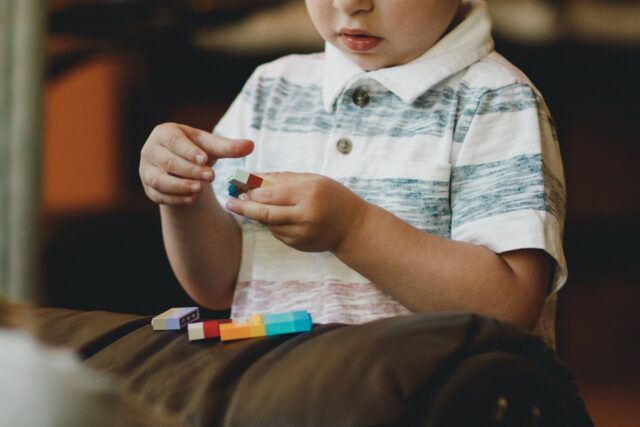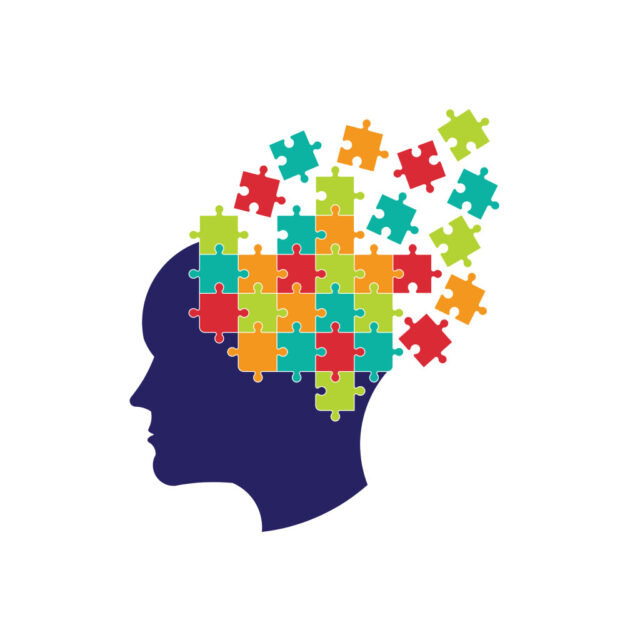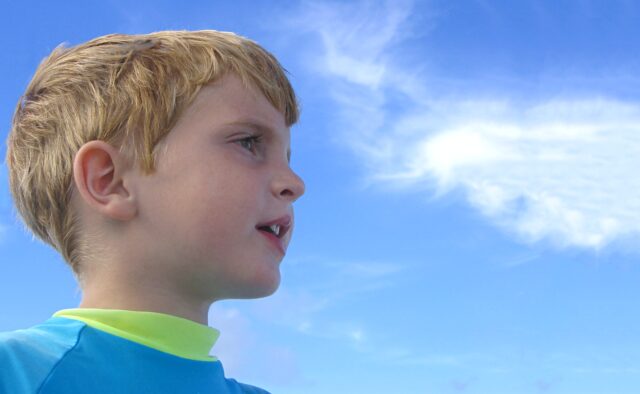
Autism Spectrum Disorder (ASD) is the medical term used for autism. Autism is not an illness or a disease that is curable with pills. Autism means your brain works differently than people with non-autism, to put it simply.
What is autism?

Autism or autism spectrum disorder is a complicated neurodevelopment disorder that refers to a broad range of disabilities and challenges, including difficulty communicating, social interaction, and behaviour.
What are the signs of autism?
Autistic people show some signs which may lead to believe they have autism. Here are some vital signs-
- Eye contact- They usually do not make eye contact.
- Do not look- When you point to anything, they do not look at the pointed things.
- Cannot point- They do not point at objects.
- Sensitive to touch- They usually do not like being held or cuddled, and they might do these when they feel like it.
- Problems with interaction- They find it difficult to interact with people. They lack social skills as they do not fathom the mechanism of it.
- Repetitive- They are seen to do things over and over.
- Unvaried- A change in their daily routine creates trouble for them to adapt.
- Unexpressivenss- They find it difficult to understanding other’s feelings and expressing their feelings and needs.
What is the cause of autism?

This question has no definite answer, even though there has been numerous research. The most significant cause of autism is probably genetic factors. So, you can say it is a biologically-based disorder.
What are some risk factors for autism?
There could be verities of factors in contributing to autism-
- Advanced parent age- When children are born to older parents, then there will be a higher risk of autism in that child.
- Complications in Pregnancy– Multiple pregnancy issues and birth factors may cause autism in a child—for example, premature birth, low birth weight, some drugs taken in pregnancy etc.
- Siblings with autism- Children who have siblings with autism are at higher risk of having autism.
How is the brain affected by autism?

Magnetic resonance imaging (MRI) is a brain-scanning technique that has shown a few brain regions different in people with autism. The portions of the brain which are influenced mainly by autism are-
- Head circumference- Head circumference that is normal in size at birth has accelerated growth in autism, and also, the size of the brain is significantly larger than average.
- Cerebral cortex- There is a difference in thickness in the cerebral cortex with people with and without autism. Two brain areas are responsible for higher mental functions, general movement, perception, and behavioural reactions.
- Cerebellum- This area is located at the back of the brain, and it is connected to motor activity, regulation in balance, movements, coordination and muscles used for speaking. The cerebellum plays an essential role in cognition and social interaction as well. Autistic people have a decreased amount of brain tissue in parts of the cerebellum.
- Amygdala- This is responsible for all emotional responses, including aggressive behaviour. Some studies show that people with autism have abnormalities with the amygdala’s size, which is the cause of severe anxiety and poor communication and social skills.
- Hippocampus- This part of the brain makes it possible to remember new information, recent events, mainly responsible for forming and storing memories. Autistic children have an increase in hippocampal volume.
- Corpus callosum– the left and right hemisphere of the brain is connected through it and maintains communication. In autism, especially the posterior region of the corpus callosum, a volume decline is seen.
- Basal ganglia- This area of gray masses is deep within the cerebral hemisphere, which serves as a connection between the cerebrum and cerebellum. This one is responsible for regulating automatic movement.
- Brain stem- This part is located in the front of the cerebellum and serves as a relay station that passes messages between various parts of the body and the cerebral cortex. Primitive functioning survival essentials like breathing and heart rate are located in this area.
How is autism treated?

As you have already understood, autism is not a disease that you can cure with treatments. But there are some things you can do to help autistic people live to their full potential by reducing their symptoms and helping them learn to cope with the world.
It is better to recognize the symptoms at an early stage rather than staying in denial. Because chances of improvement in autism are more if it is taken care of from an early stage. Here are some treatment options you can check-
- Speech therapy– Speech therapy helps to improve communication skills.
- Behavioural therapy- Many programs help individuals with autism in coping with social situations. They might also learn new technics, which may reduce behavioural problems. This motivational based therapy encourages autistic people to have a better chance of living their fullest.
- Physical therapy- Physical therapy is given to autistic children for building motor skills and improves strength, posture and stability.
- Family therapy- Family members can learn how to interact with the autistic member to improve social skills and other problems in them. This therapy might promote bonding in family members, and they will interact better with each other.
- Educational therapy- In this therapy, specialists put these special children through various educational activities to improve social skills and other communication skills. Autistic children are generally good with highly built educational programs.
- Occupational therapy- In occupational therapy, the therapist’s addresses sensory issues and help parents manage their child’s behaviour more successfully.
- Medicines- High doses of vitamins are sometimes given to these children for better brain function. Other medications are also used not as a part of curing autism, but some medicines help reduce symptoms.
Many organizations help people with autism to live a better life. You may check out http://www.tpathways.org/programs; their goal is to help your loved one with autism thrive and grow toward the ultimate goal of independence. There have been tremendous results with their treatments and support.








